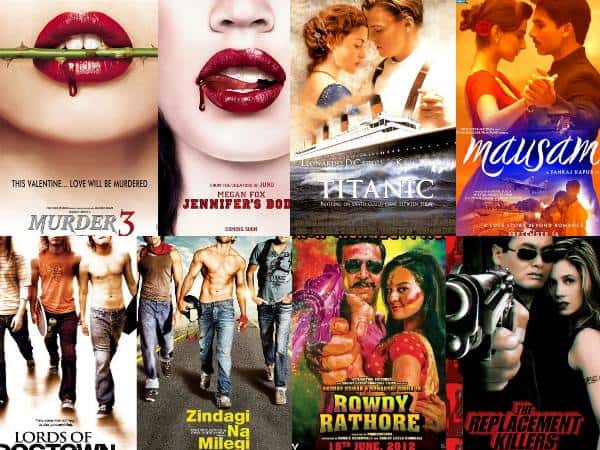Starting from the 50s till date teen movies have evolved and changed greatly. The idea of catering to an intermediate state between children and adult sold like hot cakes. But the genre still has a long way to go it seems.
The narrative of every teenage movie is quite unmistakeable. A new kid arrives at a high school, where they discover and learn their way around the intricate social structure comprising of jocks, geeks, nerds and everything in between. They’re initially taken in by the cool kids, only to become disillusioned with them. They go to the prom: older, wiser and with someone who gave them perspective on their arm. That’s the story to Every Teen Movie, a genre determined by a singular structure that’s far more rigid than any of the social cliques that govern the cinema. The pattern can be seen from movies like Grease to Beyond Clueless. The actors, context, settings, and timelines have changed over and over again, however, many believe that one thing that hasn’t changed, it is the over-glorified, superficial, artificial and dreamy aspect of teenage movies.
The genre of teenage movies is believed to have started in the 1950’s. Jon Savage puts forth the idea this way: after the War, “the spread of American-style consumerism, the rise of sociology as an academic discipline and market research as a self-fulfilling prophecy, and sheer demographics turned adolescents into Teenagers. A generation of adults weathered by war and Great Depression wanted their kids to have uninterrupted education allowing them larger allowances and hence creating a new media market.” Rock Around the Clock (1956) was one of the first films to be marketed around teenagers with the exclusion of their elders. Marlon Brando in The Wild One (1953) answered the question “What are you rebelling against?” with “What’ve you got? And these two sentences set the mood of the teenager films for times to come making rebellion as a characteristic feature of every teenager protagonist. Rock n roll music which again associated itself with “bringing down the establishment” dominate these movies.
The sixties and seventies saw similar movies such as Carrie, Love story, John Travolta musicals – Saturday Night Fever (1977) and Grease (1978). The genre was extremely malleable and could be combined with others such as horror, romance, comedy etc. The 80’s started including a group which was ancillary and constructing an identity around them which was a rather stereotypical one. The group being teenage girls. Though centred around girls the era portrayed an image of a teenage girl who just yearned for a perfect relationship, was boy obsessed and nothing else. While numerous people consider this period the Rennaissance period of teen movies accommodating newer
teenage identities and dealing with moral ideas from a teenage perspective the stereotypes aren’t really shunned at any point. Even masterpiece movies such as the Breakfast Club do not shun the idea of the bitchy cheerleader, the uber-jock footballer, and the bespectacled nerd.
The trend continues in the 1990s when chick flick films are on a rise. Anything between Heckerling’s own Clueless and Gil Junger’s 10 Things I Hate About You prove to be commodities between their modern take on classic literature and highly attractive casting decisions. In the case of Clueless – a film often included in many ‘best of the 90s’ lists – Heckerling continues to lead by example by bringing the fashion-conscious, well-intentioned, but painfully obtuse Cher Horowitz to life. However, the decade marked a popular trend that gained great acceptance in the audience, the celebration of friendship and female friendships in particular. The ideas of self-commitment and self-awareness also started taking shape in this era, however, emerged in a much concrete manner in the next millennium – the 2000s.
The 2000s took the idea of supernatural to a fever pitch starting from the movie Twilight. It also grew much more accommodative to ideas of diversity and other struggles, a classic example is Bend it like Beckham directed by Gurinder Chadha. The issues of different intersectionalities taken into account by movies like Pariah which tells the story of a lesbian African-American girl, and depicts the struggles she faces coming to terms with her identity and cultivating relationships with the people around her, including family and friends. Girlhood was another blockbuster, exploring abuse and longing to break free.
With more than five decades of its establishment teen cinema has come a long way, yet it seems to have a long way to go. There is a dire need still to break the stereotypes that sell and attract audiences because these are the very ideas that create a teen identity in public and give shape to the idea of a teen to the teenager himself/herself also. An element of sensitivity that doesn’t view them as a homogeneous group but explores their diversity, aspirations, and struggles is still lacking in the industry.
Feature Image Credits: The Film Magazine
Bhavika Behal
[email protected]


